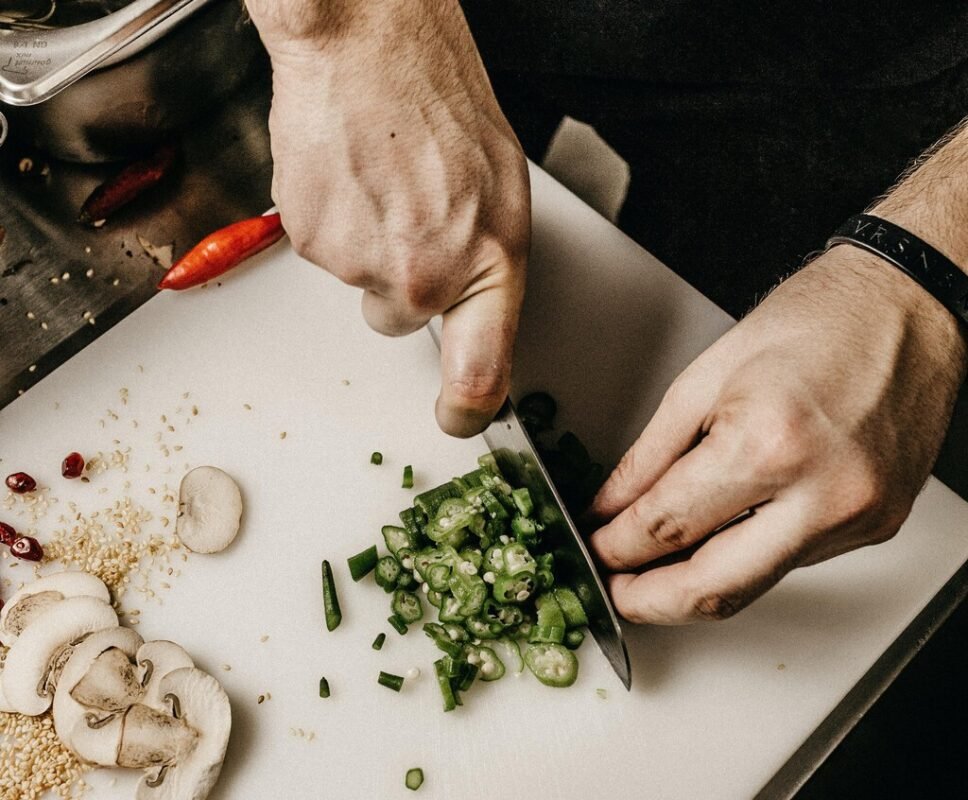Profesional kitchen
Wish are the most common equipment used in profesional kitchen ?
There are many types of equipment commonly used in professional kitchens, but here are some of the most essential:
Range: A range is a combination stove and oven that is essential for most cooking applications. It typically includes burners for boiling, sautéing, and frying, as well as an oven for baking and roasting.
Refrigeration: Professional kitchens require large refrigerators and freezers to store food and ingredients at safe temperatures. Walk-in coolers and freezers are often used in commercial kitchens.
Prep Tables: Prep tables provide a sturdy work surface for food preparation and are usually made of stainless steel. These tables often include storage shelves or drawers underneath.
Sinks: Commercial kitchens require multiple sinks for food preparation, hand washing, and cleaning dishes and utensils.
Cookware: High-quality cookware such as pots, pans, and baking sheets are necessary for cooking and baking in a professional kitchen.
Smallwares: Kitchen utensils such as knives, spatulas, and spoons are essential for food preparation and serving.
Kitchen Tools: Other important kitchen tools include mixers, blenders, food processors, and slicers.
Dishwashing Equipment: Commercial kitchens need efficient dishwashing equipment such as dishwashers and dish racks to keep up with demand.
Safety Equipment: Safety equipment such as fire extinguishers, first aid kits, and safety gloves are essential to ensure the safety of kitchen staff and customers.
These are just a few examples of the many types of equipment used in a professional kitchen.
The use of professional kitchen equipment can greatly increase productivity in a commercial kitchen, which is important for meeting high demand and ensuring timely service. Here are some ways in which the use of professional kitchen equipment can lead to productivity gains:
Speed: Professional kitchen equipment is often designed to be more efficient and faster than home kitchen equipment. For example, commercial-grade stoves and ovens can cook food faster and more evenly, allowing chefs to prepare dishes more quickly and efficiently.
Consistency: Professional kitchen equipment is designed to maintain consistency in cooking and baking. This means that chefs can rely on the equipment to produce consistent results every time, which can save time and reduce waste.
Capacity: Commercial kitchen equipment is often larger and can handle more volume than home kitchen equipment. For example, a commercial mixer can mix larger quantities of dough than a home mixer, allowing chefs to prepare more food in less time.
Durability: Professional kitchen equipment is designed to withstand the demands of a busy commercial kitchen. This means that it is built to last longer and requires less maintenance and repair, which can save time and money in the long run.
Safety: Commercial kitchen equipment is often designed with safety features that help prevent accidents and injuries. For example, automatic shut-off switches on deep fryers can prevent oil fires, while safety guards on slicers can help prevent cuts.
In summary, the use of professional kitchen equipment can lead to productivity gains in a commercial kitchen by improving speed, consistency, capacity, durability, and safety. These benefits can help chefs and kitchen staff to work more efficiently, serve customers more quickly, and reduce costs associated with maintenance and repair.

 Español
Español
